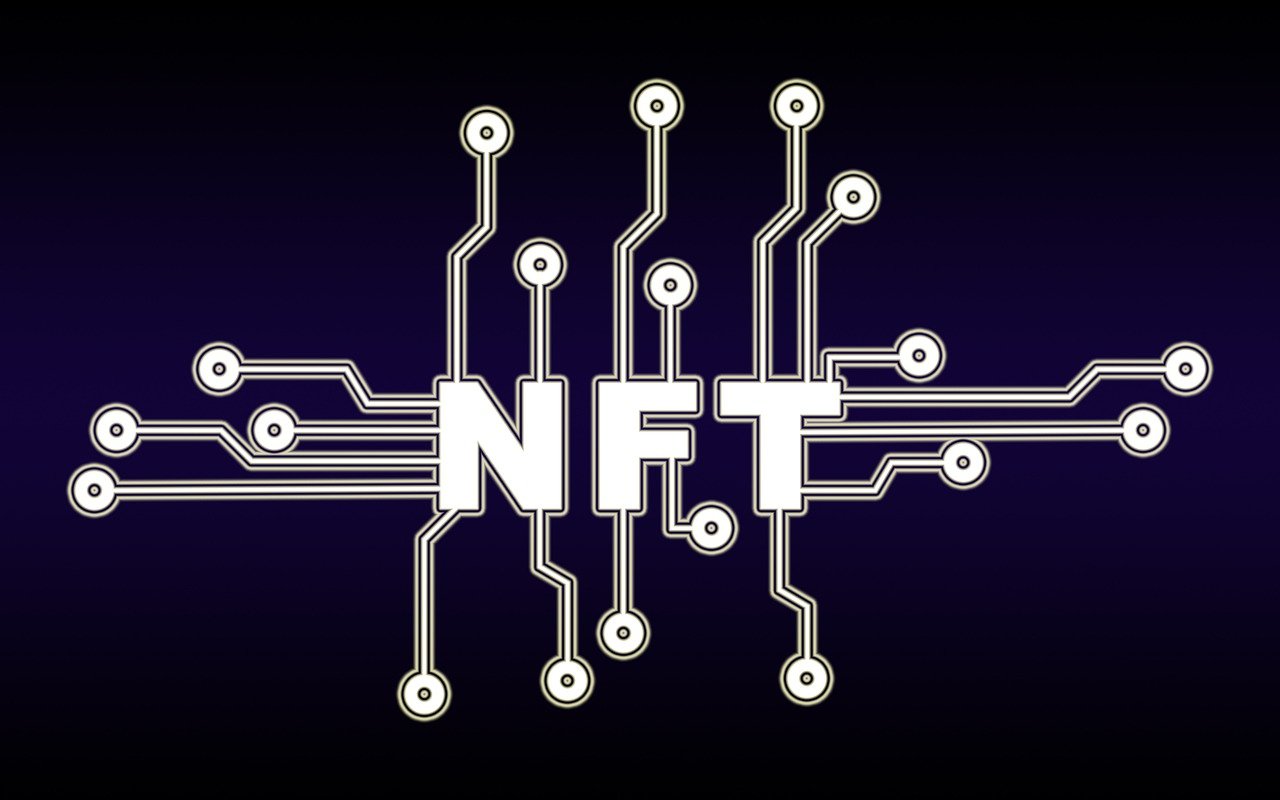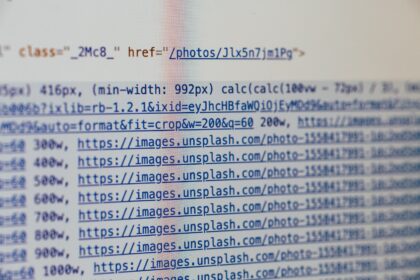Leveraging blockchain technology to produce unique tokenized collectibles can open new streams of earnings for creators. By minting one-of-a-kind items on decentralized ledgers, individuals secure verifiable ownership and scarcity, which directly impacts market value. Artists, designers, and content producers can capitalize on these mechanisms by offering exclusive digital goods that attract dedicated buyers.
Starting with straightforward tools to develop exclusive tokens allows beginners to enter the market without extensive technical knowledge. Platforms equipped with user-friendly interfaces enable smooth deployment of distinct works tied to blockchain records. Understanding how rarity and provenance influence desirability helps in setting competitive prices and marketing strategies that appeal to collectors.
Consistent engagement within specialized marketplaces enhances visibility and sales potential. Monitoring trending categories and adapting offerings accordingly increases chances for steady revenue generation. Creators who combine originality with a grasp of blockchain functionality position themselves advantageously in this expanding field of monetizable digital collectibles.
Making Money Online through Unique Blockchain Collectibles: Practical Insights
Generating revenue by producing one-of-a-kind blockchain collectibles requires understanding the technical foundation and market dynamics that govern these unique tokens. By minting exclusive items on distributed ledgers, creators can monetize their work directly without intermediaries. This process involves converting creative content into verified digital certificates secured by cryptographic protocols, ensuring provenance and scarcity.
To maximize earnings from this innovative marketplace, individuals should focus on crafting items with clear rarity and utility traits, as these characteristics influence demand and pricing. The verification system embedded in blockchain networks guarantees authenticity, which builds buyer trust and supports long-term value retention.
Technical Foundations of Tokenized Collectibles
The underlying ledger technology employs smart contracts to automate transactions and enforce ownership rights of each collectible unit. Platforms such as Ethereum or Binance Smart Chain provide programmable environments where creators define metadata attributes–like edition number, creator royalty percentage, and transferability restrictions–that impact profitability. Understanding gas fees associated with minting is crucial for cost management.
For example, an artist releasing a limited series of 100 animated characters can program a 5% royalty fee on all secondary sales, generating continuous returns beyond initial sales. This automated revenue model distinguishes tokenized collectibles from traditional digital products sold without ongoing compensation mechanisms.
Market Strategies to Enhance Profitability
- Diversification: Offering different types of items (e.g., art, music clips, virtual goods) helps reach wider audiences across various niche communities.
- Community Building: Engaging collectors via social media channels fosters loyalty and encourages repeat purchases or participation in auctions.
- Collaborations: Partnering with influencers or other creators expands visibility and credibility in competitive marketplaces.
A practical example includes launching a themed collection tied to popular culture events or gaming environments where users actively seek unique possessions to display within their profiles or virtual spaces.
Step-by-Step Guide for Beginners Entering the Market
- Create original content using graphic design software or multimedia tools aligned with your skill set.
- Select a blockchain platform supporting token issuance standards like ERC-721 or ERC-1155 for interoperability.
- Migrate files onto decentralized storage systems such as IPFS to ensure permanent availability independent of centralized servers.
- Deploy smart contracts via user-friendly interfaces provided by marketplaces like OpenSea or Rarible to mint your collectibles.
- Promote listings through targeted campaigns highlighting unique features and potential benefits for buyers.
This progression allows newcomers to confidently enter the ecosystem while minimizing technical barriers commonly associated with blockchain development tasks.
Risks and Considerations in Monetizing Digital Collectibles
The volatility of token prices influenced by speculative behavior presents financial risks; therefore, realistic expectations regarding revenue streams are necessary. Furthermore, market saturation may reduce visibility unless marketing efforts remain consistent. Security practices such as safeguarding private keys and verifying platform credibility prevent asset loss due to fraud or hacking incidents.
The Future Potential of Blockchain Collectibles as Revenue Streams
Evolving standards incorporating interactivity and cross-platform usage will expand monetization avenues beyond simple ownership transfers. Integration into metaverse ecosystems enables token holders to derive additional value through in-world functionalities like trading rights or event access permissions. Additionally, fractionalization techniques allow splitting high-value collectibles among multiple investors, democratizing participation without sacrificing liquidity entirely.
This indicates progressive enhancements that will further solidify these unique tokens as viable sources of passive revenues alongside active creation efforts. Continuous learning combined with strategic market engagement remains essential for capitalizing effectively within this innovative domain.
Choosing Profitable NFT Niches
Prioritize niches where uniqueness and community engagement intersect, such as generative art collections and utility-driven tokens. Generative art projects, which use algorithmic processes to produce one-of-a-kind visuals stored on blockchain ledgers, have demonstrated consistent demand due to their blend of creativity and scarcity. Meanwhile, tokens offering access to exclusive content or experiences tend to attract collectors seeking more than just visual appeal.
Understanding the technical framework behind these offerings is critical. For instance, art pieces minted on Ethereum benefit from widespread marketplace support but face higher transaction fees, whereas alternatives like Solana provide faster and cheaper interactions at the cost of less established ecosystems. Choosing a platform aligned with your target audience’s preferences can significantly impact market traction.
Exploring Lucrative Niches in Tokenized Creations
The gaming sector illustrates how interactive elements enhance value retention beyond static images. Projects integrating non-fungible collectibles with gameplay mechanics create ongoing engagement loops that sustain secondary market activity. An example includes blockchain-based trading cards where rarity tiers influence both aesthetic appeal and functional power within games.
Another promising category involves licensed intellectual property (IP). Collaborations between creators and established brands leverage existing fanbases to boost visibility and desirability. This approach requires navigating legal frameworks carefully but often results in higher valuation thanks to recognizable characters or themes anchored in popular culture.
- Virtual real estate: Parcels in metaverse platforms gain worth through location and development potential, resembling physical property markets.
- Collectibles tied to events: Limited-edition tokens commemorating sports matches or cultural moments capitalize on time-sensitive enthusiasm.
An analytical review of sales data reveals that projects incorporating layered utility–such as voting rights within communities or staking rewards–tend to outperform those relying solely on artistic merit. This is because the embedded functionalities foster active participation, driving continuous demand rather than a single purchase event.
Selecting a niche demands balancing technical knowledge with market trends. Emerging subcategories like augmented reality-enhanced collectibles are gaining momentum by combining tangible user experiences with token proof of ownership. Monitoring on-chain analytics alongside social media sentiment can guide entry timing and promotional strategies effectively.
If you aim for sustainability rather than short-term spikes, consider niches fostering strong creator-audience relationships enabled by smart contract features such as royalties distribution. This model supports continuous revenue flow for creators while incentivizing buyers through transparent provenance records maintained on decentralized networks.
Minting NFTs on Marketplaces
To start minting tokens on blockchain-based platforms, users first need to select a marketplace that supports token generation. Popular venues like OpenSea, Rarible, and Mintable provide intuitive interfaces allowing creators to upload their unique visual or multimedia files and convert them into verifiable digital collectibles. This process involves linking a cryptocurrency wallet–such as MetaMask–to the platform, which manages ownership records securely on the blockchain.
The technical procedure typically requires uploading the original artwork or media, adding metadata including title, description, and properties, then confirming the transaction on the blockchain network. Gas fees vary depending on network congestion and chosen protocol (Ethereum, Polygon, Binance Smart Chain), so understanding cost implications before minting is crucial for effective budget management.
Key Factors in Token Generation
When producing such collectibles, considerations include selecting an appropriate consensus mechanism and storage solution. For instance:
- Proof-of-Stake networks like Polygon offer lower transaction costs compared to Ethereum’s Proof-of-Work model;
- Decentralized storage options such as IPFS ensure permanence of media files beyond simple on-chain metadata;
- Metadata standards, like ERC-721 or ERC-1155, define how unique identifiers and attributes are encoded within each token.
This technical framework guarantees authenticity and prevents duplication while enabling seamless resale or transfer between collectors.
The potential financial returns stem from royalties embedded during minting; creators can specify percentages of secondary sales revenue directly enforced by smart contracts. Real-world cases demonstrate how artists have built sustainable revenue streams through these programmable conditions, providing ongoing compensation as their works change hands across multiple owners worldwide.
Promoting NFTs for Sales
To increase the visibility and marketability of unique blockchain tokens, it is essential to leverage multiple promotional channels simultaneously. Social media platforms such as Twitter, Instagram, and specialized forums like Discord provide direct communication with potential collectors and enthusiasts. Consistent posting of engaging content related to the token’s theme or artistic value creates a community around the creation, making it easier to convert interest into transactions.
Another effective method involves collaborating with influencers or well-known creators within the cryptographic art space. These partnerships often amplify reach by introducing tokens to established audiences who trust the influencer’s taste and judgment. Additionally, participating in virtual galleries or online auctions that focus on these singular digital collectibles exposes offerings to dedicated buyers actively seeking novel items.
Technical Strategies for Market Penetration
The underlying blockchain technology guarantees provenance and scarcity, which are key selling points when communicating value. Educating potential buyers about how immutability and secure ownership work can demystify concerns about authenticity. For example, providing step-by-step guides on verifying transaction history through public ledgers empowers users to confirm rarity independently, thus increasing confidence during purchase decisions.
Marketing efforts should also include optimizing metadata associated with each unique token. Detailed descriptions, high-resolution visual previews, and links to background stories enrich the overall presentation and enhance discoverability on marketplace search engines. Smart contract features like royalties can be highlighted as added benefits for creators, incentivizing both sales volume and ongoing engagement from collectors.
- Utilize targeted advertising campaigns focusing on demographics interested in emerging art forms linked to blockchain technologies.
- Create tutorials explaining wallet setup and purchasing procedures tailored for newcomers entering this marketplace segment.
- Host live Q&A sessions or webinars addressing common questions related to ownership rights and transfer mechanisms inherent in these cryptographically secured works.
Finally, analyzing data trends from previous successful sales helps refine promotional tactics. Metrics such as peak engagement times, buyer geographic distribution, and preferred price ranges offer actionable insights for customizing future campaigns. Employing analytic tools designed specifically for decentralized marketplaces enables creators to adapt quickly and optimize their approach continuously without guesswork.
Effective Management of Royalties in Blockchain Collectibles
To maximize the value derived from creative works on blockchain platforms, it is vital to implement programmable royalty structures that ensure ongoing rewards for creators each time their unique tokens change hands. Smart contracts embedded within the ledger enable automatic distribution of fees, eliminating intermediaries and reducing friction in tracking subsequent sales of collectibles.
For example, Ethereum-based standards such as ERC-2981 define a universal method for specifying royalty payments, allowing marketplaces and wallets to interpret and enforce these terms consistently. This technical foundation not only secures perpetual revenue streams but also enhances transparency and trust between artists and collectors.
Broader Implications and Future Directions
The convergence of programmable royalties with evolving interoperability protocols opens new avenues for monetizing intangible works tied to blockchain. Creators can explore layered licensing models where different rights–such as exhibition, reproduction, or derivative creations–trigger distinct financial flows, all enforced through code. This modularity transforms a simple collectible into a dynamic income generator aligned with how audiences engage with art over time.
- Cross-chain compatibility: Emerging solutions like Layer 2 rollups and sidechains will facilitate royalty enforcement beyond initial ecosystems, broadening market reach without compromising security.
- Fractional ownership: Tokenization methods that split control among multiple stakeholders can integrate royalty clauses proportionally, enabling collaborative investment in valuable pieces while maintaining creator benefits.
- AI-driven valuation: Predictive analytics combined with on-chain data may help optimize royalty rates based on demand fluctuations and secondary market activity patterns.
The intersection of cryptographic provenance verification and automated payment logic thus redefines how artistic contributions are recognized financially. As this infrastructure matures, creators will gain unprecedented agency over their intellectual property’s lifecycle, ensuring sustained incentives that reflect genuine appreciation from collectors worldwide. Embracing these mechanisms paves the way toward more equitable ecosystems where creative labor is both protected and rewarded continuously through transparent blockchain frameworks.





